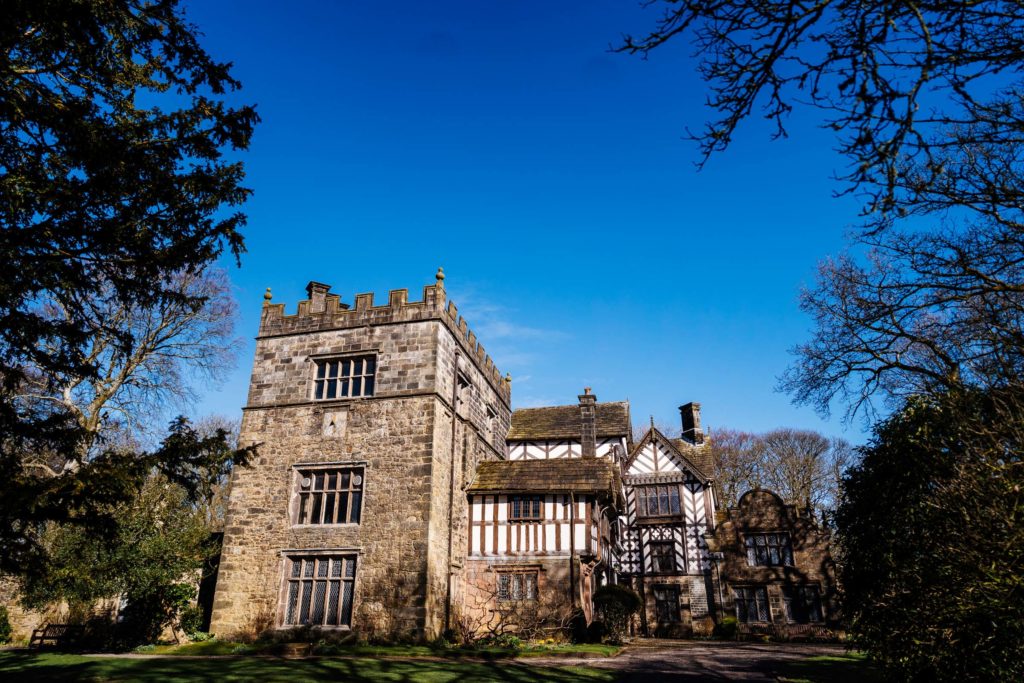There has been much discussion over the years as to the derivation of the name “Turton” and whether there was a pre-existing tower or defensive structure before the present Tower in the 1420s. Turton Moor was inhabited in pre-Christian times and there is believed to have been an early settlement near Torra Barn.
We do know that the de Torboc family held the Manor of Turton from the Lord of Manchester from 1212 until 1431 when Elizabeth de Torboc married William Orrell from Wigan, whose father was a cousin of Lord Stanley. The Tower at Turton has been described as a Pele tower or a tower house, but it is as likely to have been built to offer protection for the Orrells from the de Torbocs rather than from raiders from across the border. The stone tower was built first, and in 1533 Ralph Orrell extended the living accommodation with a cruck-framed building built at right angles, but not attached to the stone edifice, and shortly afterwards with a second similar addition.
By 1620 the Orrells were greatly in debt and by 1628 they had no choice but to sell the Tower and lands to Humphrey Chetham. The Orrells continued to live on at the Tower until 1647, as Humphrey Chetham chose to live elsewhere.
During the Civil War (1642-1651), the Orrells were Royalists while Chetham supported Cromwell. These must have been interesting times at the Tower when Chetham garrisoned Parliamentary troops in the Turton barn.
Members of the Chetham family inherited the Tower and lands, followed by the Greene and Frere families (descended from branches of the Chethams) in the late 18th and early 19th centuries. For much of the time, they continued the tradition of keeping houses elsewhere and renting the house to tenants, including members of the Horrocks family.
The Tower gradually fell into disrepair, until it came into the ownership of James Kay in 1835. James embarked on a programme of work to transform the Tower into his idea of what a Tudor manor house should look like. During the Kays’ time at Turton Tower, many changes were made including the addition of another floor above the first cruck-framed building.
James Kay’s third son who inherited the Tower, died in 1889, and the Tower was bought by Anne and Elizabeth Appleton (both in their sixties), daughters of Thomas Appleton, owner of Horrobin Mills. Sir James Lees Knowles of the Lancashire mining family became the next owner and used Turton Tower as a weekend retreat. His ancestors had lived in nearby Quarlton and were buried in St. Anne’s graveyard, so this could possibly have been a reason for him buying the Tower. On his death in 1928 his widow, Lady Nina Knowles, gave the Tower to Turton Urban District Council to use for the benefit of the people of Turton.
For many years, the dining room was used as the council chamber and the drawing room as a committee room, and in 1952 the Tower was opened as a museum by Edward Stanley, the Rt. Hon. The Earl of Derby, M.C., J.P., Lord Lieutenant of Lancashire.
Turton Tower is now owned by Blackburn with Darwen Council.
